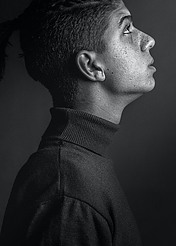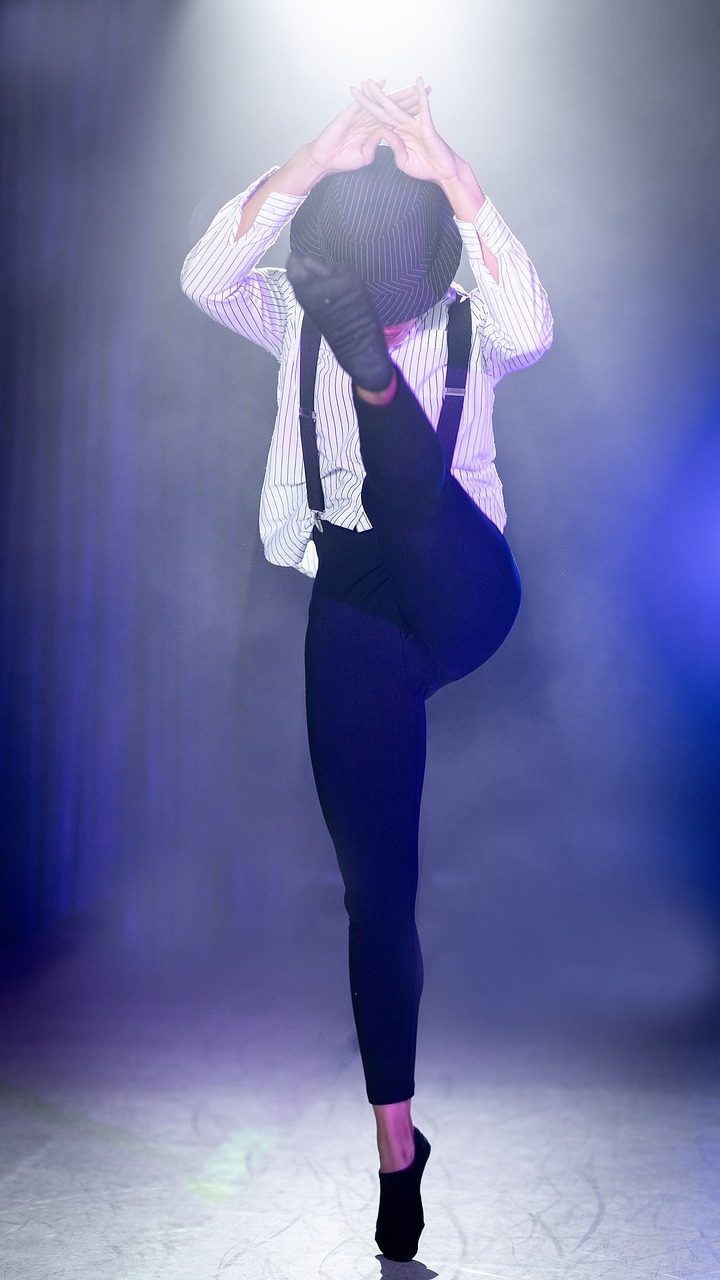In Jazz Dancing Isolations play a huge role in the look of the dance. Isolations in dance can be done on various body parts, and the trick is to isolate those body parts without it affecting the rest of your body.
Hip-hop dancers and contemporary dancers will also find that learning to do isolations can be extremely useful for their craft.

How To Do Isolations In Dance
What Is An Isolation In Dance?
An isolation is the ability to separate one part of the body from another part and place it out of its natural position.
When performing isolations, most of the time the knees will be bent as this enhances the look of the isolations, and the range of movement is increased.
When practicing your isolations in dance it is best done in front of a full-length mirror, so you can be sure that the majority of your body is stable. You can use isolations in dance to move merely a limb or whole sections of your body.
If you use your core to shift your rib cage from the right to the left, then you are doing an isolation that moves only your upper body. The skill of an isolation in dance is the ability to keep the rest of the body stationary.
Why Learn Isolations?
A really important reason to learn isolations is because they build muscle memory, especially in the smaller body parts that you usually forget about when you’re dancing. These “smaller” body parts are often the ones that make your dance look expressive and fluid.
Also, dancers often need to do one action with one part of the body and a different movement with a different part of the body. Being able to coordinate different actions together comes from the ability to do good isolations.
When training your isolations in dance, remember to start from a place of relaxation, because tensing up can hinder and prevent the body from being able to break itself down into small parts and isolate.
A dancer’s training should not only be about developing technique. Training should also aim to develop the dancer’s sense of rhythm in movements, which is where your isolations in dance come in.
Head Isolations
The head can turn to the right, left, up, or down. Dropping the head back is not a safe move as it compresses the upper spine. The head can also tilt right or left as well as create a circle. Moving the head forwards and backward can also create isolations.

Shoulder Isolations
The shoulders can move together or separately. They can also move up and down, invert forward, push back, and circle forwards and backward.
Rib Isolations
It is best to learn to do a rib isolation while sitting on the floor. In this way, you can keep the lower body still while you focus on moving your ribs in the intended direction
Other ways to help you get your rib isolations are to put your hands on your hips while practicing, or stand facing the bar, hold on with both hands, and practice moving the ribs side to side.
Hip Isolations
Hip isolations only work well with the legs are bent. Hip isolations can move to the right and to the left, forwards, backward, in circles, and in a figure of eight. It helps to use the oblique muscles to assist with the lifting of the hips.
On a last note, when you are doing isolations in dance, think of creating pictures with your movements, and each picture needs to be crisp.
Here is a great tutorial delivered from a hip-hop perspective.


I am a dancer myself and I find this article very helpful. I haven’t danced in a very long time due to personal reasons but your article makes me wanna start practicing again. However, I have never danced jazz because I am more into hiphop. However, I have a jazz class coming up next week and I will be sure to incorporate this information when I am trying the class.
These isolations are great to practise for your hip hop classes too.
Hi Michel. I really enjoyed reading through your dance website. I began college as a dancer, so I understand your passion. Your posts and categories, to the right, make it easy to choose articles to read. And you have a lot of reviews, which helps people determine what type of clothing and gifts to buy. It’s so nice to write about something you are truly passionate about.
Thank you Kammy. I am glad that you enjoyed your read.
Thanks for this insightful guide on isolations in dance! I’ve recently started exploring Jazz dance, and understanding isolations is proving to be a game-changer.
I particularly appreciate the tips on using a full-length mirror for practice. It’s incredible how isolations can enhance the expressiveness and fluidity of dance. The breakdown of isolations for different body parts, from head to hips, is super helpful for a beginner like me.
Thank you for a very informative post.